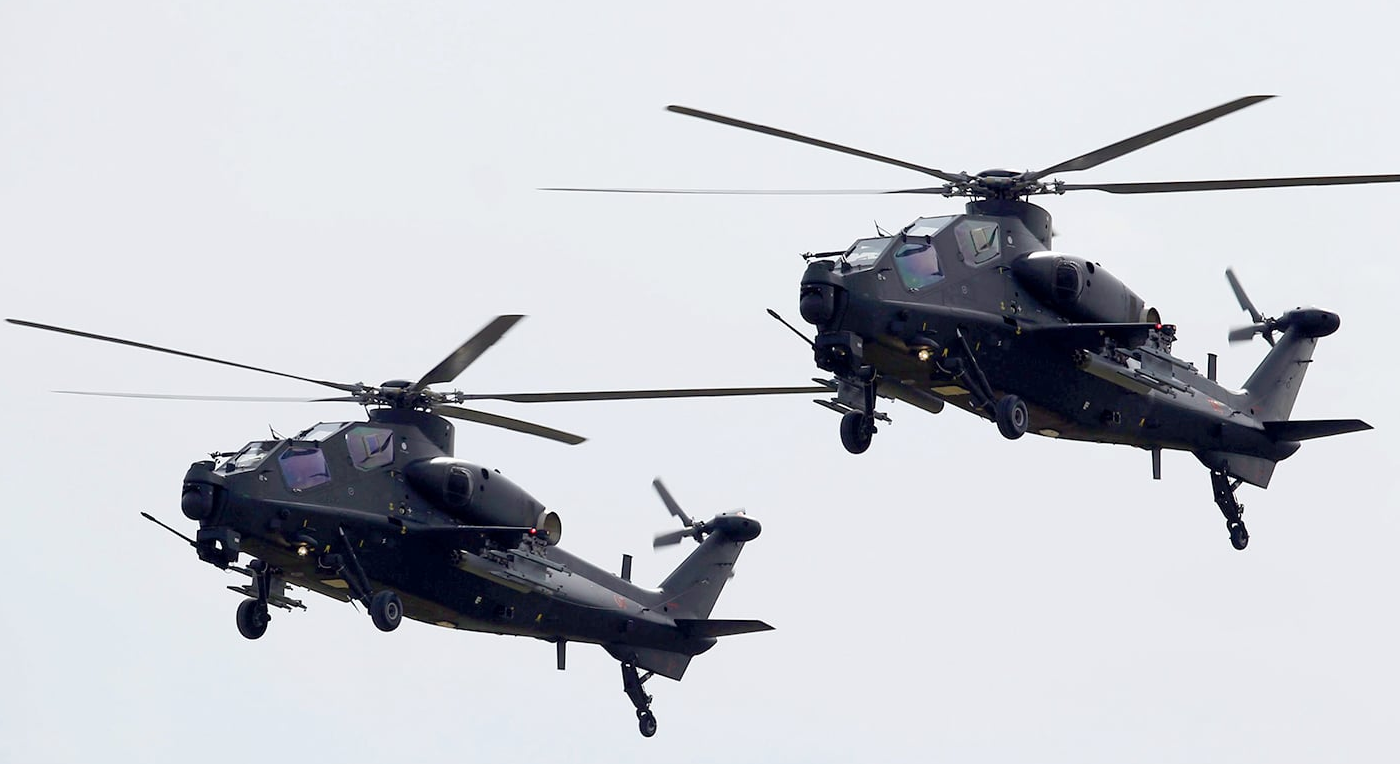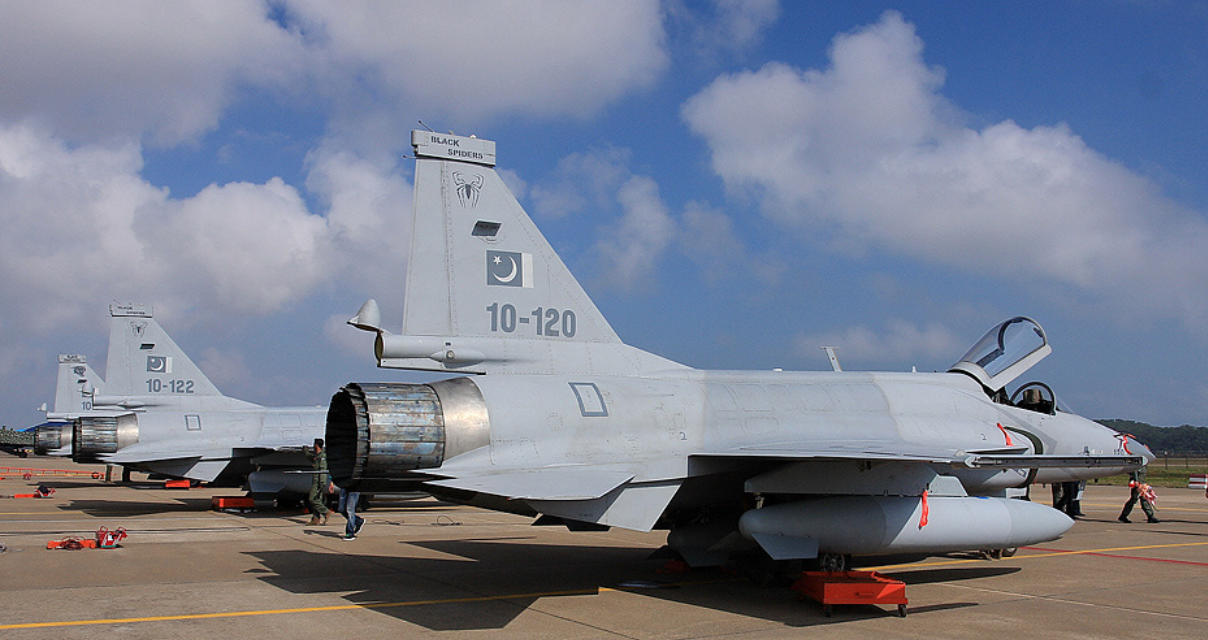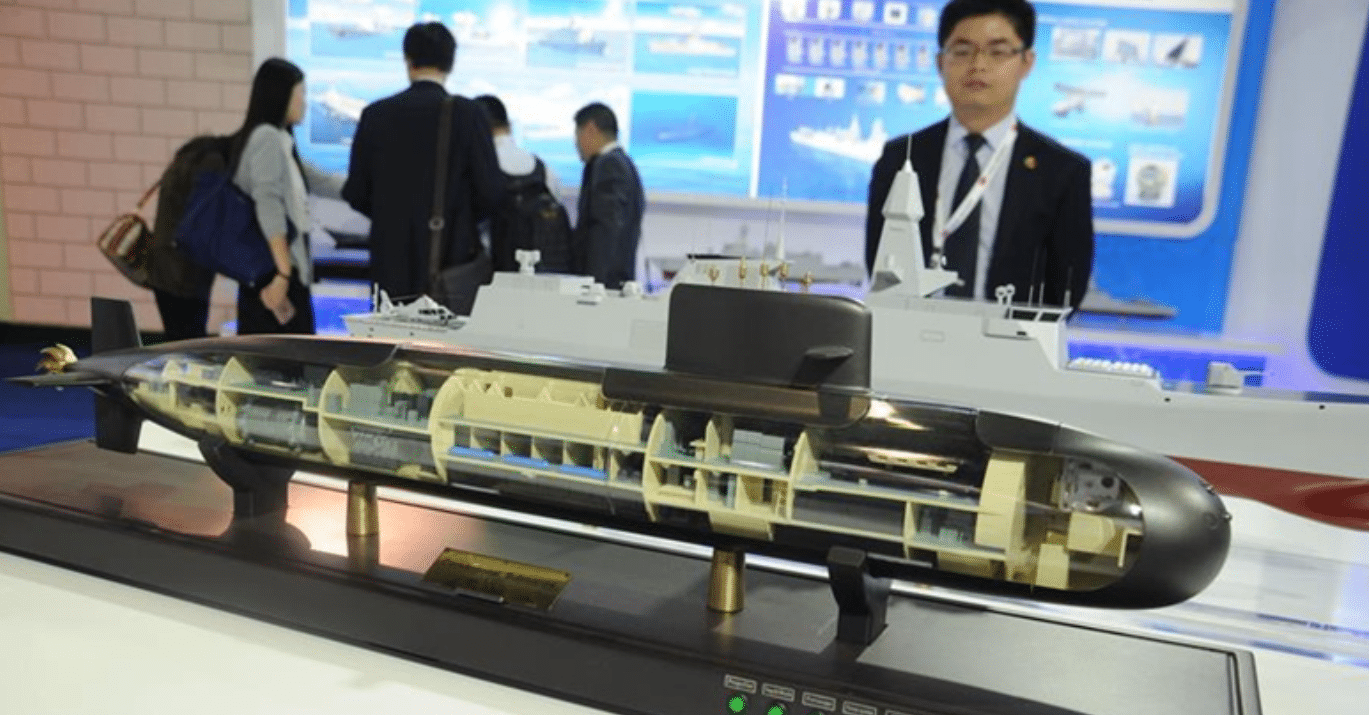2903Views 17Comments

Ideas for a helicopter industry in Pakistan (Discussion)
Foreword: This is not a news story, but a purely analytical piece for the purpose of discussion. There are no officially stated plans in any of Pakistan’s policy circles to engage in domestic helicopter production.
Last week, we had discussed the challenges Pakistan would face in terms of raising a domestic helicopter industry. The discussion was spurred by Algeria’s decision to work with the Italian defence giant Leonardo in order to raise an assembly and maintenance, repair, and overhaul (MRO) plant in the Sétif province. In that article, we had discussed the differences between assembling and genuine manufacturing, and had concluded that the latter is a very complex undertaking.
With last week’s discussion in mind, it is important to recognize that the difficulties Pakistan would face in terms of helicopter manufacturing do not prevent it from raising a viable helicopter industry. As with the combat aircraft industry, which is now engaged in at least partial airframe manufacturing, the nucleus of a functional helicopter industry would commence with domestic MRO. Although Pakistan may not build its own helicopters, with a strong domestic MRO infrastructure, it can at least have the opportunity to independently operate its aircraft – i.e. with minimal dependence on foreign vendors.
The MRO aspect could involve depot level maintenance of the airframe, avionics and turboshaft engines. It could also potentially include spare parts manufacturing (e.g. of the most stressed and worn-out parts of the airframe). The MRO process would start (if it has not already) from the Pakistan Army’s workhorse transport helicopters, namely the Mil Mi-171 and Airbus (formerly Aerospatiale) SA-330 Puma. Older – and non-restorable – airframes will likely be replaced by newer versions of the same helicopter. In fact, Pakistan’s Ministry of Defence Production (MoDP) had expressed interest in acquiring Puma helicopters from Romania, which is in the process of reviving its production line under Airbus Helicopters’ direction.
If Pakistan commits to a sufficiently large number of these utility helicopters, it would be feasible for it to construct the domestic MRO base as well as potentially begin branching into fields such as assembly, if not parts manufacturing. There is a cost to building such capacities, but in the long-term, the ability to produce assemble and produce spare parts under one’s own currency and with domestic labour costs will accrue meaningful savings. An acquisition of this nature could also require commercial offsets in the form of enabling Pakistan to export domestically produced parts back to the original vendor.
In a few cases, a domestic support base may not require a large number of helicopters. Dedicated attack helicopters are essential systems, and the Pakistan Army may even center its long-term close air support (CAS) strategy on these aircraft. However, unlike a basic transport helicopter for ferrying, an attack helicopter is equipped with a number of high-value subsystems. These can include an electronic warfare suite, possibly an electronic countermeasures suite, and potentially even a millimetre wave radar.
To put it simply, a single attack helicopter can cost substantially more than a single Mi-171 or H215 Super Puma. However, sanctions could scuttle the Army’s ability to operate its vitally important air combat arm. In this scenario, it would be wise to invest in an MRO base as well as spare parts manufacturing, so as to at least ensure that one could independently operate their fleet with minimal external dependence. The right vendor could help in terms of easing the cost impact (via commercial offsets), but the long-term gain of ensuring that one could fully utilize their expensive attack helicopters in times of war or even tension (that could result in sanctions or vendor uneasiness) will outweigh the cost.
Based on the two cases above, Pakistan could potentially build a domestic helicopter industry, albeit with a strong emphasis on MRO, and a relatively small – but growing – focus on manufacturing. There are political advantages too in that the helicopter industry could be inserted into less developed regions, such as Baluchistan (thus serving as a valuable stimulus for the province). A near-term shift to manufacturing is not likely to happen, but a gradual build-up to it through experience in depot-level maintenance and manufacturing specific components is plausible.
If Pakistan happens to one day become flush with research and development (R&D) funding, and that too after addressing more important strategic programs (e.g. next-generation munitions, hypersonic glide vehicles, etc), then helicopter development could enter the pipeline. However, this scenario is far from a reality under current economic conditions.



17 Comments
by Muhammad Shahid
I think GOP need to involve private sector in defence productions. Besides new R&D, this will bring multiple advantages like flow of money from private sector in defence industry, creation of new jobs, developing a technical force, self reliance, foreign exchange earning. Surely world renowned companies who are already in this trade will also be attracted.
by Muhammad Khurram Bhatti
If we are talking attack helos then investing in UAVs instead would probably be better. Attack choppers are gonna phase out in next few decades.
by Hashim Rasheed
I believe that Pakistan has the capacity to overhaul most of the helicopters in use by the Army Aviation. However, there should be a growing emphasis on developing the local industry. With the fiscal constraints that the country faces, it would be appropriate if Pakistan does venture into small scale manufacturing of helicopters with CAS ability. Just like the JF-17, they can then upgrade the platform gradually and experiment with different systems and munitions. Its not just the Army but also Pakistan Navy that is reliant on helicopters as platforms to launch anti-ship missiles.Having a domestic base and local expertise in the field should be in the future plans to enhance the defense industry and indigenous capability of the forces.
by Sami Shahid
If Pakistan cannot produce a helicopter locally than it should buy Mi-17 V5’s and at the same time it should ask Russia to set up an overhauling facility in Balochistan and produce its spare parts as well because Pakistan is not producing spare parts neither it can overhaul its mi-17 fleet. All it can do is repair. Mi-17 V5 is suitable for both Pakistan Army and Paramilitary forces as it can carry a number of troops and can attack as well.
by SP
Being able to produce spare part sounds good but the fact is that aircrafts like F7 and mirages which PAF has been operating for decades are starting to show their age with increased accident rates. This suggests that pakistan does not have sufficient expertise in producing parts or being able to maintain those parts. The level of expertise and manufacturing base needs to increase within PAF which can then be applied to helucopter manufacturing as well. Establishing a centre of excellence and seeking to expand the knowledge and skills base of the country is a step in the right direction but it will take time before it comes to fruition.
by Shershahsuri
Pakistan should have started R&D in both rotary and fixed wing fields at least 3 decades ago. By Now they would have matured both fields. they started work on fixed wings at least 15 years ago now we see the result JF-17. But the rotary wings do not seem to be in any priority so far. Even if now they start work on rotary wings aircraft it will take Pakistan at least 15-20 years to get somewhat maturity in R&D. However better late than never.
by Syed
We might be joining the party a day late and a dollar short……attack helicopters might be a waste of resources we don’t have…..concentrate on UAVs and utility helicopters …….
by Freebird
India is getting heavily armed and pose great threat to Pakistan. Trying to catch up with India seems difficult. Note that frigates, aircrafts, tanks would be useless against India although they are expensive. Instead Pakistan should focus on low and high altitude A2/AD systems for air defence, submarines with nuclear cruise missiles and fast missile boats for naval defence, mines, anti tank missiles and thermobaric artillery systems for land defence and finally inexpensive suicide drones, mach 3+ nuclear cruise missiles and nuclear ballistic missiles for deterence. That’s an inexpensive and deterrent strategy for Pakistan.
by Mateen Zaman
In any of the next conflict,the one having the staggered detachment of missiles(anti ac,heli,tks and APCs etc) at tac levels and TBMs,ASBMs,cruise missiles and high alt SAMs at strategic level will play a deciding role,learning from the overall experiences gained through Afghan-Soviet war,talibans against US,Hisbullah/Hamas against Israelis,Iraqi/Somali vs the gigantic Americans,Iranians against overwhelming US gringos and in many many more recent engagements,where a relatively inferior force with less sophistication neutralizes a far superior odd,don’t go by numbers,wars and battles are never won by calculating number of weapons but the art of war dictates the crux of winning through superior employment of a small force and its limited resources,pl keep in mind never ever discard any of your card e.g the mujaheddin power and Islamic motivation to kneel down a superior Indian force,if we start following the number game,which in fact the Indians want,ultimately we will sink into mountainous internal/international debts and won’t be able focus on anything else,make a common strategy with anti Indian forces internationally and centrifugal forces inside it,activation of int agencies in a manner gen Zia did by simultaneously engaging Soviets ,Israelis and Indians, while the national economy and nation’s morale was bolstering,law and order situation intact and nobody dared to raise the anti Pak slogan,ISI was there to cut his throat inside or outside the national frontiers
by Mateen Zaman
That’s the point,very well analysed
by Abdul Rashid
Hi Mateen. Can you please elaborate the following point you made:
“..pl keep in mind never ever discard any of your card e.g the mujaheddin power and Islamic motivation to kneel down a superior Indian force”?
Did you mean motivation NOT to kneel down to a superior Indian force? If not, please clarify for me and any others who may be misreading this. Thank you.
by Sami Shahid
Pakistan need more gunship helicopters for countering insurgency – to secure its border with Afghanistan. Everything should not be related with India. Pakistan needs more Transport helicopters like new MI-17’s if not Mi-17 V5’s as the Indian army is buying Chinook helicopters and can attack at night time during rain as well so Pakistan must be having at least medium transport helicopters with night mode and all-weather capabilities.
by middleway1
Agree. None of Pakistan’s goals of self reliance in defense are possible without the involvement of the private sector or public-private partnership.
by sinisterfalcon007
First learn how to design & make simple 2 cylinder 4 stroke engine then aim for sky.
by MT
Pakistan happens to one day become flush with research and development (R&D) funding, and that too after addressing more important strategic programs (e.g. next-generation munitions, hypersonic glide vehicles, etc)
》》》》How is pakistan planning to go hypersonic .some of these technologies are out of sell list of any nation’s
by Bilal Khan - Quwa
That wasn’t even the primary point in the article, but the statement is basically arguing that Pakistan has other major priorities to settle before it can seriously think about manufacturing helicopters at home. If that means channeling all R&D funding towards original development with limited to no help, so be it. If that means having to wait several decades (in order to resolve other priorities), then so be it. Even if Pakistan manages to escape its structural problems, the reality of resource scarcity will always be there (as it is something all states – including India – deal with), and so everything needs to be ranked in terms of urgency and necessity.
by MT
Pak lacks the scale,size so it has to tunnel most of its funds into military acquisition,nukes & missiles– The desire to be at par or project itself as arch rival to India puts Pakistan at loss–
Back in musharraf time, Pak was doing oK with economy ; Despite being able to fetch mega bill$ weapons from US ; Pak couldnt set up basic R&D facility to make a SAM/AAM, Radars.
So ,I seriously doubt Pakistan investing any ample funds for Helicopter R&D, Hypersonic missiles, SAM/AAM or even put in some meager 50 mill$ investment in HMDS.
For any of these R&D investment, Pak will have to start from scratch & waste 2-3 decades for maturity irrespective of any chinese assistance .
we saw India struggling for the same-so the road cant be different for Pak.
Most of the future Pakistan weapon programs will be driven by joint assembling/manufacturing model as we see with Jf17,CH-3 for which to happen, Pakistan will have to place big orders–